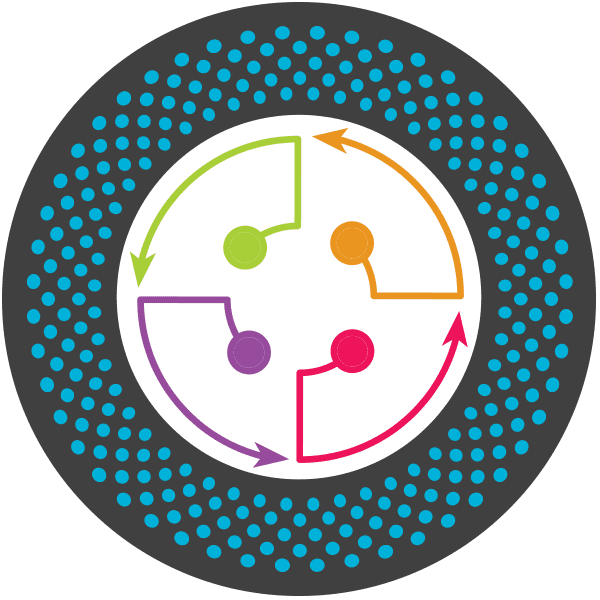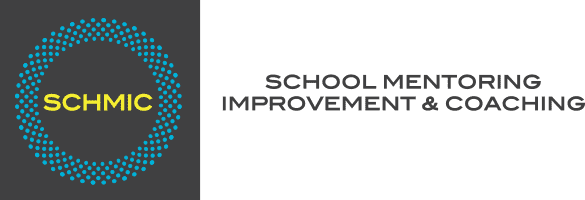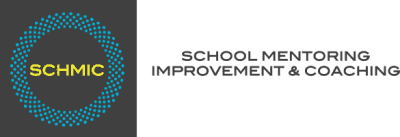
Instructional Rounds
Instructional Rounds is not a separate professional learning program but rather teams of teachers learn the protocols of Instructional Rounds to build a collaborative cycle of inquiry. They plan and act together to improve student outcomes in a school focus area using evidence-focused strategies. Classroom observations are integral to the program and are focussed on collecting data on student learning not teachers teaching. SCHMIC consultants have trained with the Harvard Graduate School of Education and have a deep understanding of the philosophy and protocols of Instructional Rounds. SCHMIC has been working with schools in this professional practice for over five years.
Who: Teams of Teachers
Standards:
This suite of courses involves 25 hours of professional learning delivered over 1 year and addressing standards 2.1.2, 5.1.2, 5.4.2, 6.2.2, 6.3.2 and 7.4.2.
Instructional Rounds supports teams to:
• Further develop research knowledge
• Test evidence-informed classroom strategies
• Regularly assess their impact
• Build collective teacher efficacy
Model and Costs
Program Delivery: The program is delivered on-site. There are whole day and 3-hour workshop options.
Program Materials: $40 per person.
Program Costs: Contact us to discuss a model for your school. Variables include participant numbers, location and structure of program.
THE PROGRAM
Introduction to Instructional Rounds
- Research behind Instructional Rounds for Education
- Focus on evidence-informed practices
- Protocols of Instructional Rounds
- PTAC – Planning, Testing, Observation, Assessment of Impact, Consolidation
- GAP to GOT IT+
- Plan data collection and analysis
Collect and Analyse Dat
Planning for Instructional Rounds
- What do we want our students to know and be able to do…via the syllabus…by when? What are the GAPs in student learning?
- Clarifying progress from GAP TO GOT IT +
- Develop our Theory of Action and implementation plan
- Determine student artefact collection and analysis
- How will we know our impact? How will we measure our success?
Implement Theory of Action in Classrooms
Next Level of Work Analysis
- Classroom observations and data analysis
- Analyse student artefacts
- Document student progress through GAP TO GOT IT +
- Assess impact of refined Theory of Action
- Refine Theory of Action and implementation plan
- Determine student artefact collection
Implement Next Level of Work

